Whether a fish can be considered a companion is subjective. For some, the tranquil movements and vivid colors of fish swimming in an aquarium offer a sense of calm and connection. On the other hand, the lack of tactile interaction and a fish’s inherent nature means they don’t engage with their owners like a dog or cat would. Regardless, the best pet fish make for the perfect first pets that don’t require any much demanding, hands-on care and teach responsibility to young children.
Swimming in a fish bowl isn’t quite the same as Nemo navigating the great barrier reef, but fish can provide a great sense of entertainment and relaxation. Which fish make the best pets? StudyFinds did the research, and we’ve created a list of the top five best pet fish that will take your aquarium to the next level. There are a few favorites on the list and some surprises as well, but it encompasses everything from beginner-friendly swimmers to fancier varieties. Comment below if you have a fish you love that’s not on the list.
➡️ How Our “Best Of The Best” Lists Are Created
StudyFinds’ “Best of the Best” articles are put together with the idea of taking the work out of common consumer research. Ever find yourself searching for a product or service on Google and reading multiple reviews to find items listed across many of them? Our Best of the Best lists are created with that process in mind, with each item ranked by how frequently it appears on expert reviews or lists. With Best of the Best, you are getting consensus picks — making them truly the best of the best!
The List: Best Pet Fish, According to Experts
1. Mollies
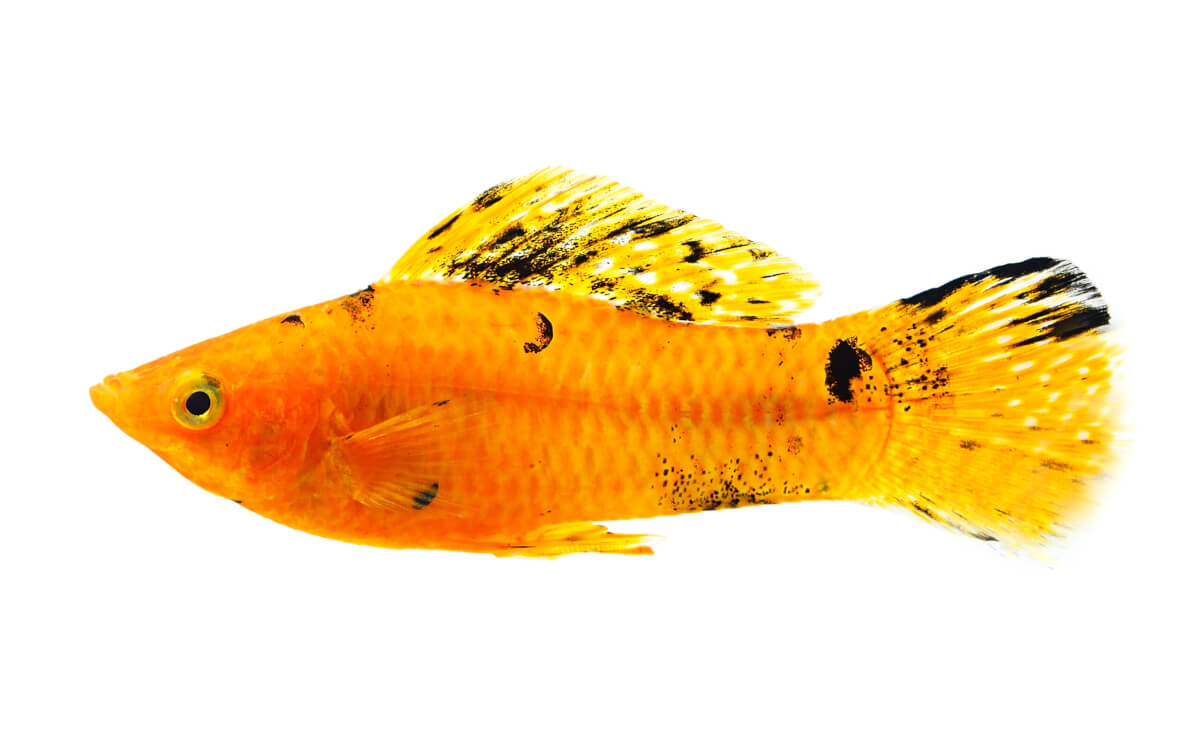
Mollies are great beginner fish, according to Pet Smart. Known for their vibrant colors and easy care, these swimmers are a popular choice for beginner aquarists. Both WebMD and Aqueon highlight their low-maintenance nature, making them ideal for those starting out in the hobby. Additionally, Molly fish come in a variety of colors and varieties, adding a captivating splash of life to your aquarium.
However, before welcoming these lively fish into your aquatic world, it’s important to be aware of their breeding habits. WebMD emphasizes that Molly fish are livebearers, meaning they give birth to live fry. There’s even a high chance that any female you purchase is already pregnant. Therefore, starting with a larger tank (around 10 gallons) is recommended to accommodate potential population growth.
Aqueon further emphasizes the active and social nature of Molly fish. They are known to interact with each other and even with their owners, making them a delightful addition to your home. However, it’s crucial to remember that male Molly fish can sometimes exhibit aggressive behavior towards females and other males. As a responsible aquarist, keeping a close eye on your fish and being prepared to remove any overly aggressive individuals is essential to maintain a harmonious and healthy environment in your tank.
2. Neon Tetra
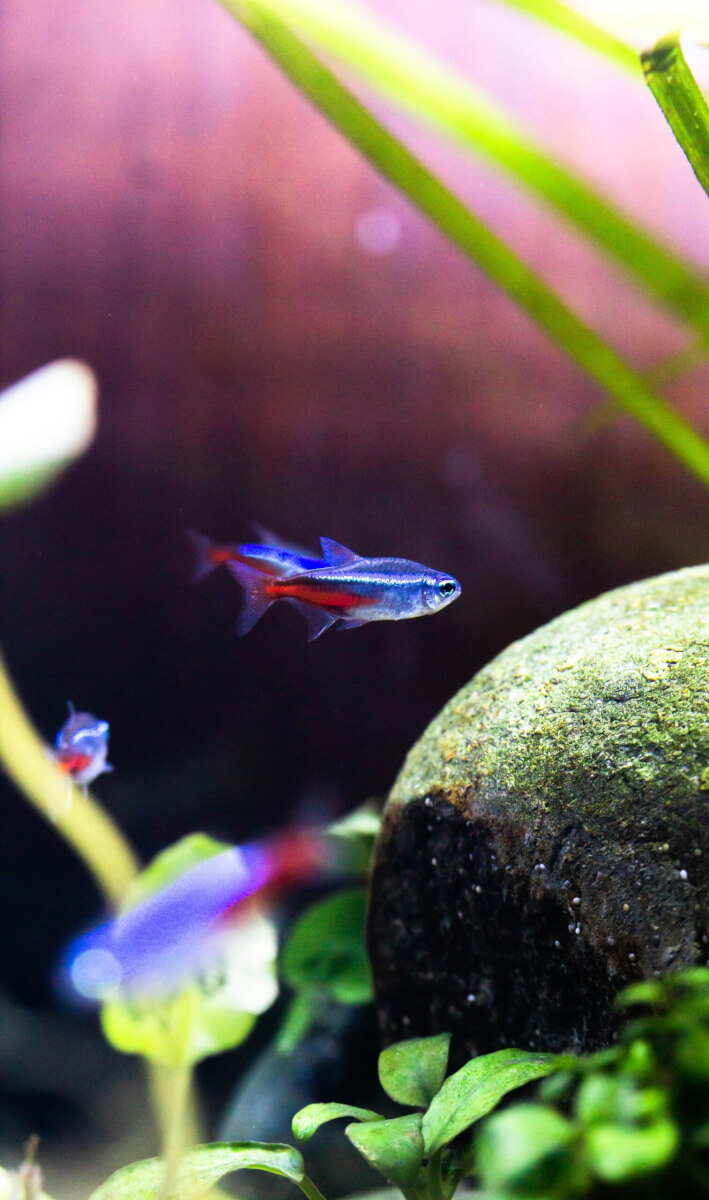
If you love beautiful fish, this one is “stunning with its iridescent blue stripe,” boasting WAG! “Hailing from South America, this fish thrives in a school, so start with at least 3 to 5 of them, though 10 or more are preferable. With an omnivorous diet, this peaceful species is one of the easiest fish to care for.”
If you want a calm and peaceful fish, Petlandtexas says this fish is for you. Neon tetras are a popular choice for freshwater aquariums, capturing the hearts of hobbyists with their stunning appearance and peaceful personality. These small fish boast striking neon blue and red stripes, adding a vibrant splash of color to your underwater world.
While peaceful, neon tetras thrive in schools of at least six individuals. This schooling behavior is natural and crucial for their well-being, offering a mesmerizing display as they move together in unison. By understanding their social needs and providing an appropriate environment, you can create a thriving and visually captivating addition to your home aquarium (Pet Helpful).
3. Platy
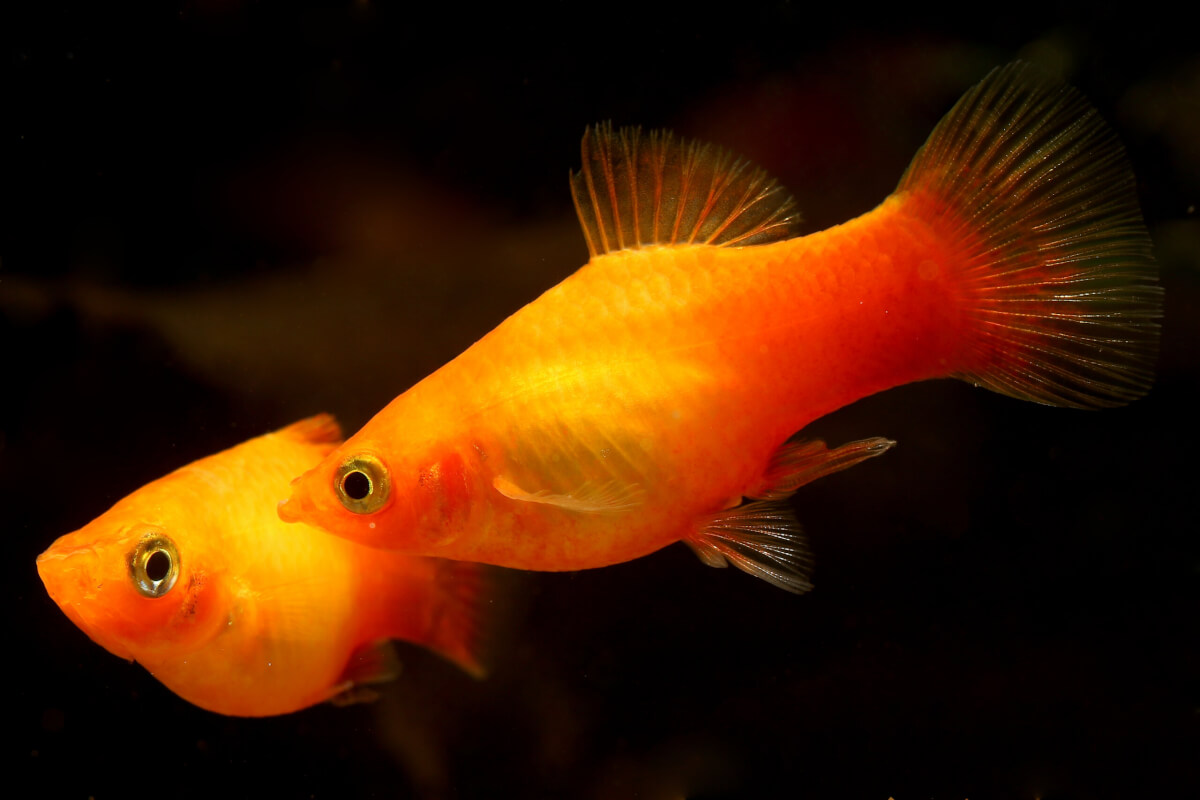
Platies are a popular and captivating addition to many aquariums, thanks to their vibrant colors, easy care requirements, and peaceful nature. Both Pet Helpful and Petsmart praise them for their hardiness and docile temperament, making them ideal inhabitants of community tanks. This means they can coexist peacefully with other compatible fish, allowing you to create a diverse and thriving underwater ecosystem. Additionally, platies come in an impressive array of colors, from classic reddish-orange to unique varieties like Mickey Mouse, sunburst, and blue. Aquarium Co-op emphasizes the ever-evolving world of platy varieties, with new colors and patterns constantly emerging to capture the interest of aquarists.
While the wide range of colors and low-maintenance needs are certainly appealing, it’s important to remember that proper care is essential for platy health and longevity. Aquarium Co-op highlights that platies can live up to three to four years with clean water, low stress levels, and a healthy diet. By ensuring these factors are met, you can provide your platies with a comfortable and enriching environment, allowing them to thrive and add a burst of color and life to your aquarium for years to come.
4. Fancy Guppies
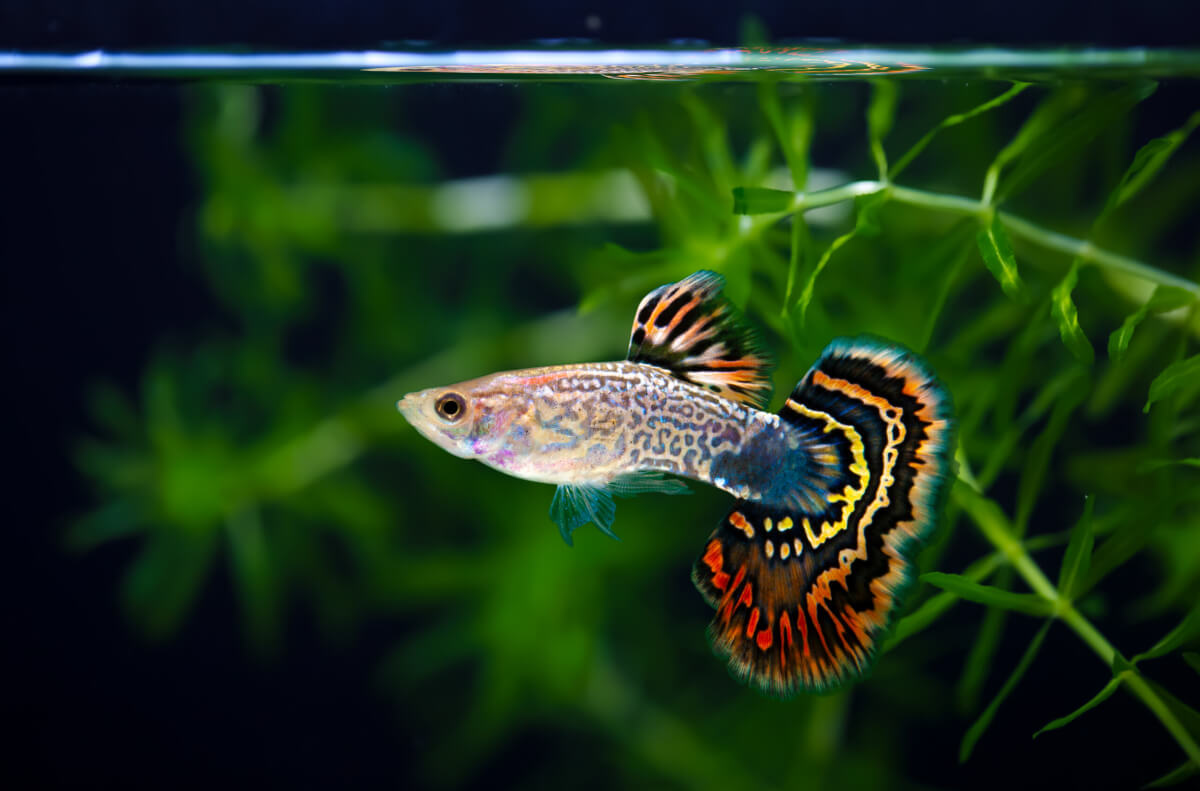
There’s nothing better than watching dozens of fancy guppies floating through the water. Guppies are widely popular freshwater fish, captivating hobbyists with their vibrant colors, active nature, and affordability. Aqueon points out that keeping just a few allows them to live up to their lively and energetic name. Despite their active swimming and social tendencies, their small size, ease of care, and relatively low cost make them a great choice for beginners, as emphasized by VetHelpDirect.
The true showstopper of the guppy, however, is undeniably its appearance. As Aquarium Source enthusiastically highlights, these fish boast stunning and colorful tailfins that steal the spotlight. While their bodies tend to be more subdued, the combination of a sleek, minnow-like body with a pointed snout and upturned mouth adds to their overall charm. Whether you choose to keep a small group or a slightly larger shoal, guppies are guaranteed to bring a burst of life and color to your freshwater aquarium.
5. Bettas
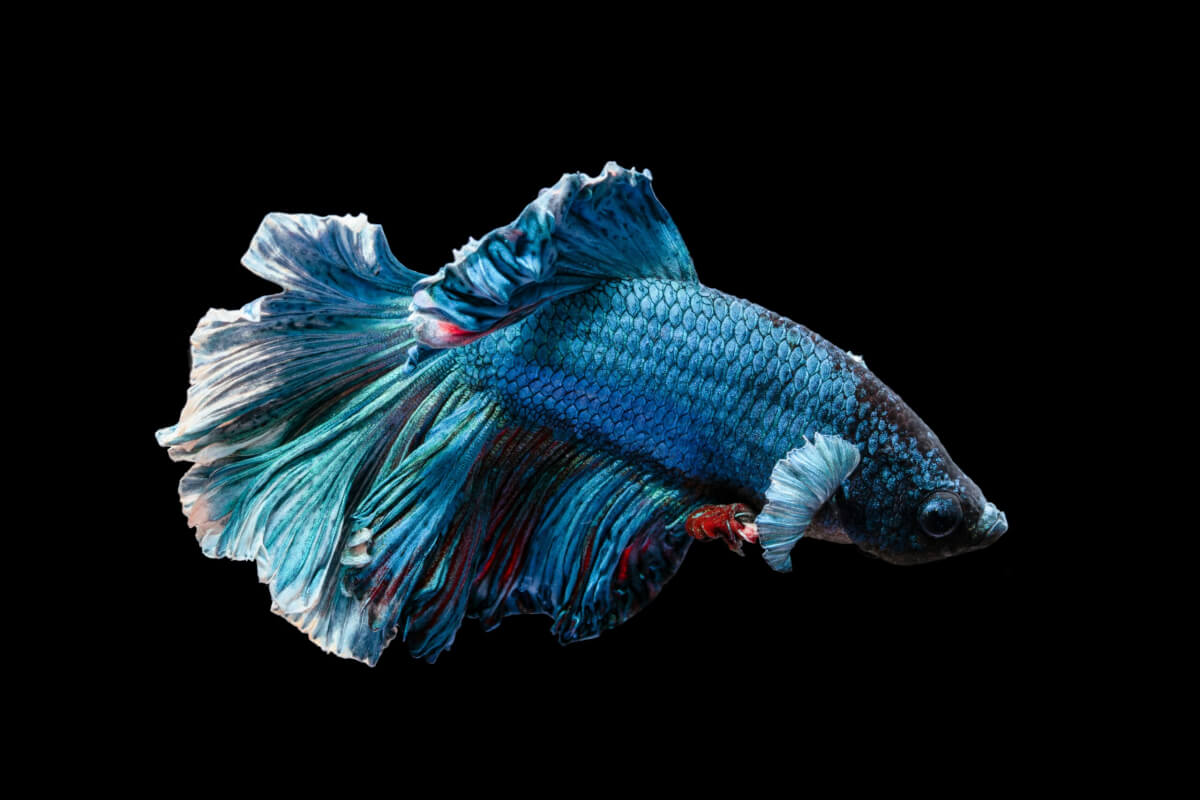
Betta fish, also known as Siamese fighting fish, are a popular and visually stunning addition to aquariums, but they have specific requirements that potential owners should be aware of. While Betta fish are super popular, PetSmart emphasizes that they still require proper care. Unlike the misconception of them thriving in bowls, Bettas need a tank equipped with a filter and heater to maintain a healthy environment. Additionally, they should be kept individually.
These fishies are elegant but also tend to be territorial. VetHelpDirect highlights their beauty and relative ease of care, but also their territorial nature. True to their “fighter fish” name, Bettas cannot coexist with other Bettas, although peaceful community fish like Neon Tetras can be suitable tank mates.
Aqueon further emphasizes the solitary nature of Bettas, attributing this primarily to the strong territorial instincts of male Bettas. Keeping multiple Bettas together, even males and females, is not recommended due to their inherent aggression.
You may also be interested in:
Sources:
- Aquarium Source
- Aqueon
- PetSmart
- VetHelpDirect
- Aquarium Co-op
- WebMD
- Pets at Home
- Wag!
- Pet Helpful
- Petland Texas
Note: This article was not paid for nor sponsored. StudyFinds is not connected to nor partnered with any of the brands mentioned and receives no compensation for its recommendations. This article may contain affiliate links in which we receive a commission if you make a purchase.
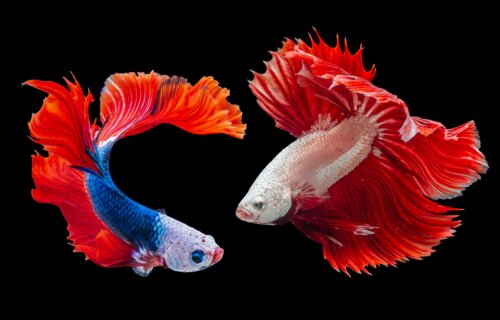
“Therefore, starting with a larger tank (around 10 gallons) is recommended to accommodate potential population growth.”
10 gallons is large??
No no. No. Ten gallons is MUCH too small for a species as big and active as mollies. 30 gallons should be the bare minimum for them.
I agree with Gar G.
10-gallons just isn’t big enough for schooling fish or if they are the size of mollies.
Feel free to check out my site aquariumsathome.com where I take pride in helping people in the aquarium hobby.